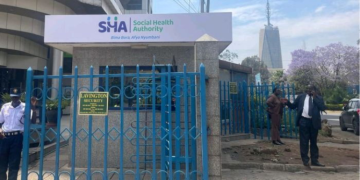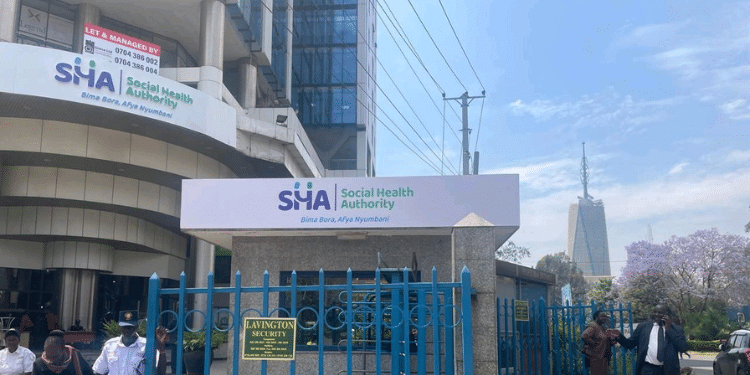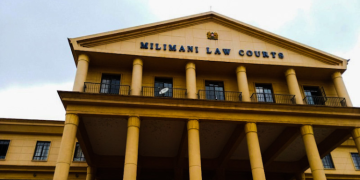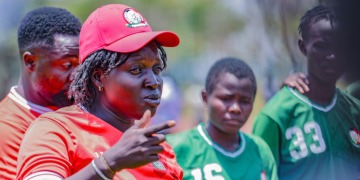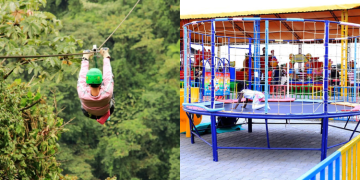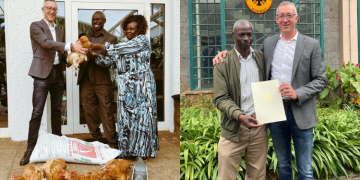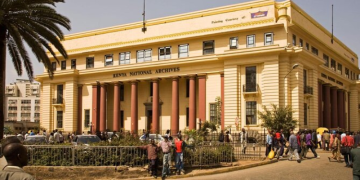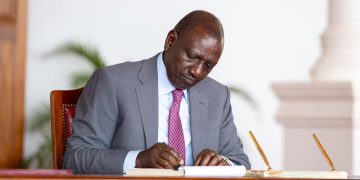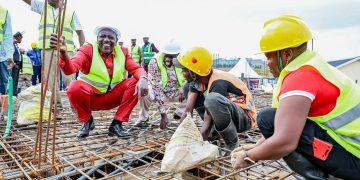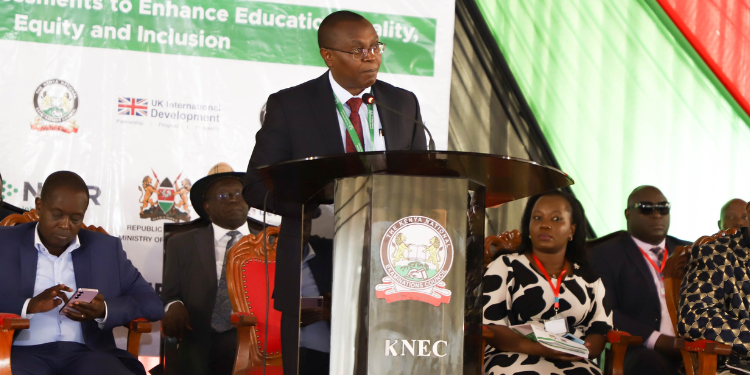The Kenya National Examinations Council (KNEC) has unveiled guidelines for students and schools as Kenya takes part in a global education benchmarking initiative known as the Programme for International Student Assessment (PISA).
Kenya will join over 90 countries participating in the international assessment, which is spearheaded by the Organisation for Economic Cooperation and Development (OECD) that evaluates education systems worldwide.
The assessment, scheduled to begin in September 2025, will 15-year-old students, enrolled in Grade 7 or higher.
“This age group is chosen because most students at this age are nearing the end of compulsory education, making it a key point to assess learning outcomes across different education systems,” KNEC said.
KNEC Unveils Guidelines for Students, Schools on PISA Selection and Assessment
The students will be evaluated on how well they can apply knowledge in science, mathematics, and reading to real-world situations, as opposed to rote memorization.
Over 250 schools (Junior and Secondary Schools) have been selected to participate in PISA 2025 using scientifically sound sampling methods (probability techniques) to ensure a fair and nationally representative sample.
This includes schools from marginalised and underserved areas, not just urban centres. In each school, a maximum of 42 students, regardless of Grade/Form, will be sampled to participate in PISA.
How Will Students be Assessed
PISA is administered using two modes: Computer Based Assessment (CBA), and Paper Based Assessment (PBA).
In Kenya, students will be assessed using Computer Based Assessment, which is the standard mode for PISA globally since 2015.
CBA allows for more interactive and adaptive testing, better capturing students’ problem-solving and critical thinking skills in real-world contexts.
KNEC will be responsible for providing the required laptops during the assessment period. The examination body said that teachers may be involved in various roles, such as coding/marking the open-ended responses.
“PISA results will help identify strengths and gaps in our education system. These insights will inform curriculum reforms, teacher training, and resource allocation to enhance learning outcomes for all students across all levels,” KNEC said.
Also Read: KNEC to Pick Schools and Students for Competition Involving 90 Countries
Timeline for Implementation and How Participants Will Access PISA Materials
Implementation will be conducted in phases, starting with the adaptation of tests and contextual instruments (2023-2024), the Field Trial (June 2024), and various training sessions (physical and online).
The Main Survey in Kenya will take place in September 2025, followed by data analysis, reporting writing, and dissemination of results in 2026. Updates will be provided regularly by KNEC through various communication channels.
Participants will receive access to sample PISA assessments released for public use.
These can be accessed via the link: https://www.oecd.org/en/about/programmes/pisa/pisa-test.html
For CBA experience, click the interactive links: Try the interactive test questions in all available languages. (English source version). https://www.oecd.org/en/about/programmes/pisa/pisa-test-reading.html#chicken
Why is Kenya Participating?
KNEC explained that Kenya’s participation in PISA 2025 is a strategic move to strengthen its education system through:
Global Benchmarking: PISA allows Kenya to compare its education outcomes with those of other countries, helping identify areas of strength and opportunities for improvement.
Evidence-Based Policy Making: The data collected will inform curriculum reforms, teacher development, and resource allocation to enhance student learning.
Capacity Building: Participation equips educators and assessment professionals with modern tools for data analysis and evaluation.
Skills for the Future: PISA focuses on assessing critical thinking, problem-solving, and other competencies essential for success in the modern workforce.
Also Read: How First Years and Continuing University Students Can Check Fees After Review
Equity in Education: The assessment highlights disparities in learning outcomes, guiding efforts to ensure all learners have access to quality education.
International Visibility: Kenya’s involvement raises its profile in global education circles, opening doors for collaboration and support.
Learning from Global Best Practices: Insights from high-performing countries can inspire and accelerate improvements in Kenya’s education system.
In summary, PISA empowers Kenya to make informed decisions, support educators, and align with international standards to improve learning outcomes for all students.
Follow our WhatsApp Channel and X Account for real-time news updates.
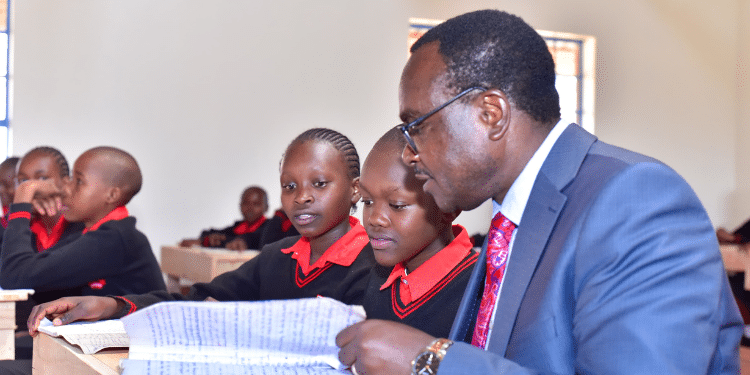

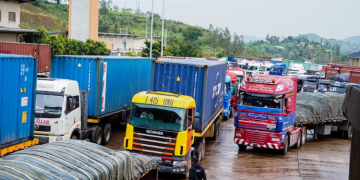





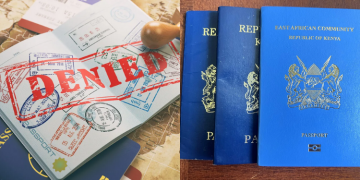










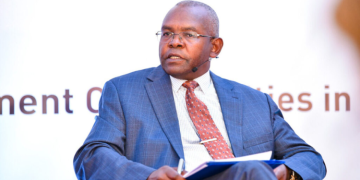




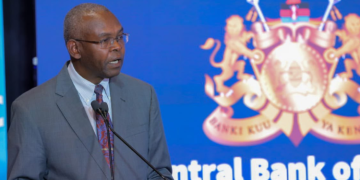
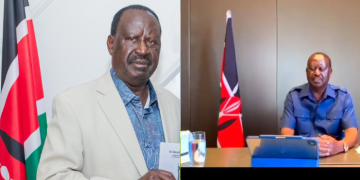
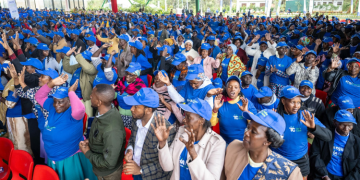

![Anonymous Philanthropist Among Stakeholders Paying Sha For Over 2 Million Kenyans [List] Anonymous Philanthropist Among Stakeholders Paying Sha For Over 2 Million Kenyans [List]]( https://thekenyatimescdn-ese7d3e7ghdnbfa9.z01.azurefd.net/prodimages/uploads/2025/09/sha-ruto-2-360x180.png)
